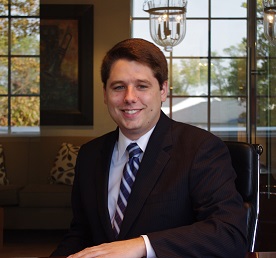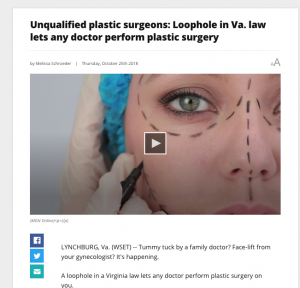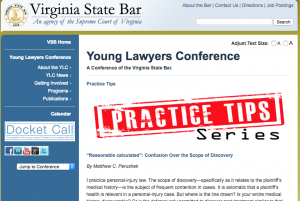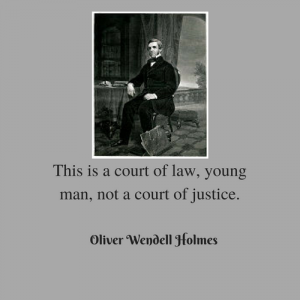Medicine is a science, yes, but it is also an “art” involving interpretation and analysis. In treating a patient, a physician has to make decisions; decision-making involves weighing available evidence, making a judgment, and choosing a course of action. The challenge for you, if you are a victim pursuing a medical malpractice case, is that your attorney will need to show that your treatment violated the “standard of care.”
The problem is that there is no “standard.”
Some instances of negligence so obviously violate proper care that defendants will stipulate or admit to the violation. An example is when a surgeon operates on the wrong limb, or in one of my cases, on the wrong side of the face. In a case like that, the lawsuit can move forward on the damages caused by the negligence and work toward winning fair compensation for the injured.
 Virginia Injury Lawyer Blog
Virginia Injury Lawyer Blog





